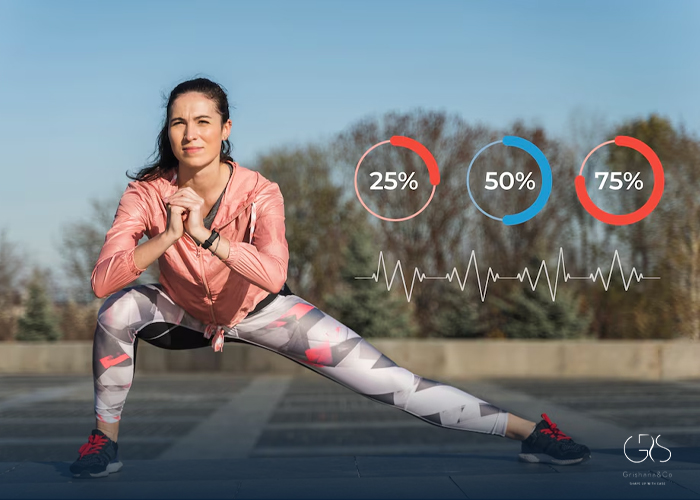In the pursuit of fitness and weight loss, many individuals turn to cardiovascular exercise as a primary method to burn fat. One popular notion that has permeated the fitness industry is the concept of “Fat-Burning Zones” on cardio gym equipment. These zones are often highlighted as the ideal range of heart rate at which the body supposedly burns the most fat. However, recent studies suggest that these zones may be inaccurate and misleading, leading to misconceptions about effective fat-burning strategies.
Are Fat-Burning Zones on Cardio Gym Equipment Inaccurate?
A study conducted by researchers at the University of California, Berkeley, examined the effectiveness of fat-burning zones on cardio gym equipment. The study involved monitoring participants’ heart rates during various types of cardio workouts to determine the actual fat-burning capacity at different intensities. Surprisingly, the results revealed that the traditional fat-burning zones promoted by gym equipment were not necessarily the most optimal for burning fat efficiently.
Dr. Maria Rodriguez, the lead researcher of the study, emphasized that relying solely on the fat-burning zones displayed on cardio machines might not provide an accurate representation of how the body metabolizes fat during exercise. She explained that individual factors such as fitness level, body composition, and metabolism play a significant role in determining the effectiveness of fat burning during workouts.
Using Metrics to Understand Fat-Burning Execution
To gain a better understanding of how the body burns fat during exercise, experts recommend focusing on metrics beyond heart rate alone. Incorporating variables such as duration of workout, type of exercise, intensity level, and overall energy expenditure can provide a more comprehensive view of fat-burning execution.
For example, high-intensity interval training (HIIT) has been shown to be a more effective method for burning fat than steady-state cardio, despite the heart rate being outside the traditional fat-burning zones. HIIT workouts combine short bursts of intense exercise with periods of rest or lower intensity, which can elevate the body’s metabolic rate and promote fat loss even after the workout is completed.

A Better Way to Measure Optimal Fat-Burning and Fat Loss
Instead of fixating on predetermined fat-burning zones, fitness enthusiasts are encouraged to adopt a holistic approach to measure optimal fat-burning and fat loss. This approach involves considering a combination of factors that contribute to overall health and wellness, including nutrition, strength training, and lifestyle habits.
Tracking progress through metrics such as body composition analysis, endurance levels, and changes in energy levels can provide a more accurate reflection of fat loss beyond just the numbers on a scale. Additionally, consulting with a fitness professional or nutritionist to create a personalized workout and nutrition plan tailored to individual goals and needs can enhance the effectiveness of fat-burning efforts.

Conclusion
The notion of fat-burning zones on cardio gym equipment may be misleading and oversimplified. Understanding how the body metabolizes fat during exercise involves a multifaceted approach that goes beyond solely focusing on heart rate zones. By incorporating various metrics and adopting a comprehensive strategy that encompasses different aspects of fitness and health, individuals can achieve more sustainable and effective fat-burning results.
While cardio exercise remains a valuable component of any fitness regimen, it is essential to consider diverse perspectives and rely on evidence-based practices to optimize fat-burning and overall wellness goals.
Sources
- American Council on Exercise (ACE), Does Your Heart Rate Really Matter?
- American Council on Exercise (ACE), How to Use the ACE IFT Model to Design Effective HIIT Workouts










